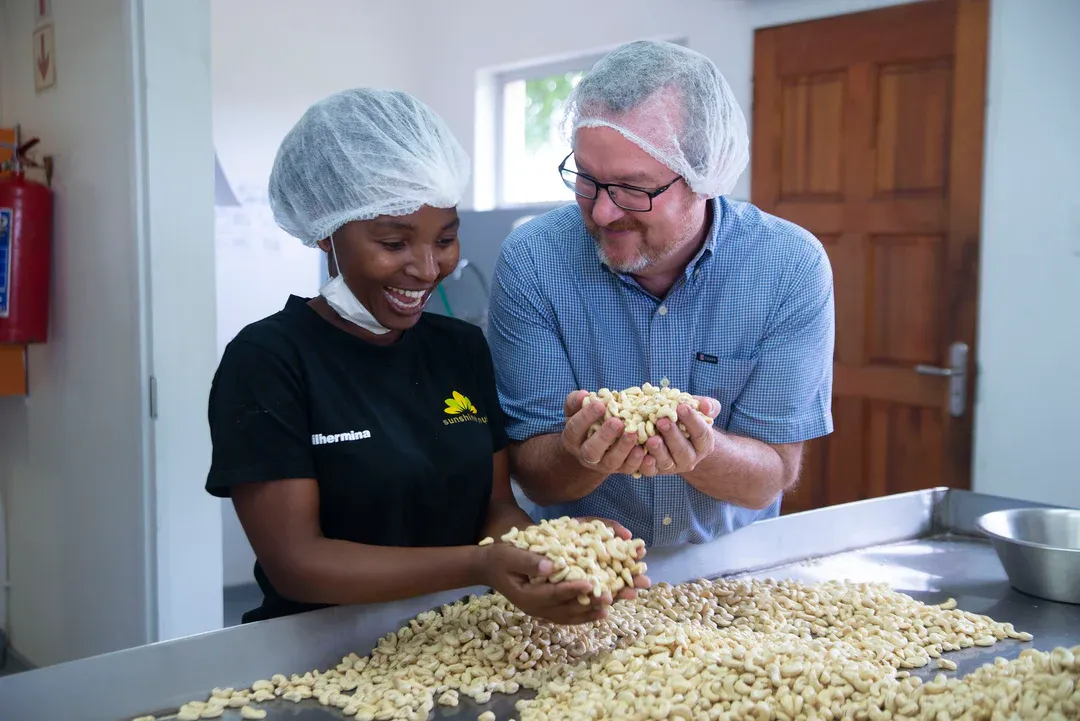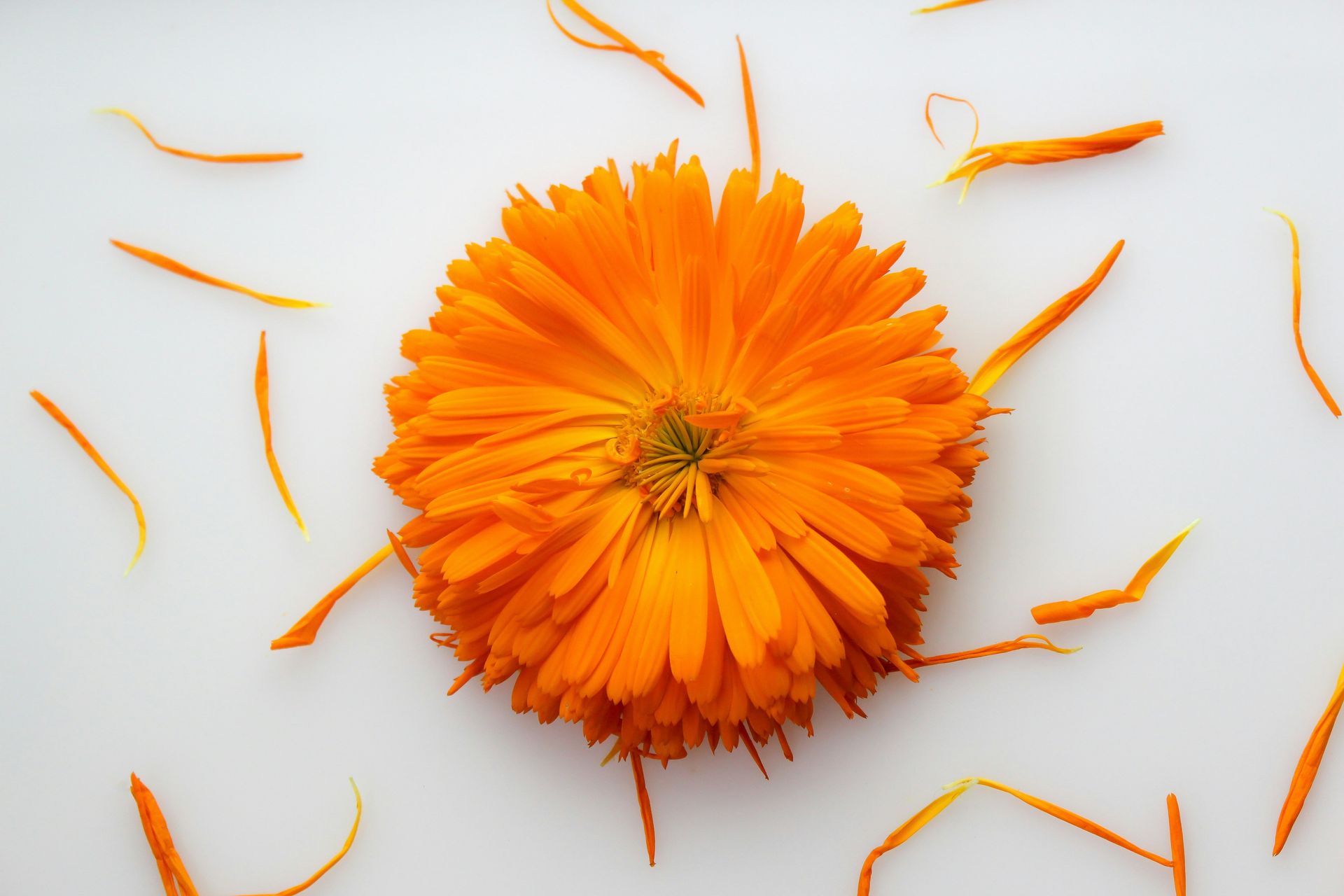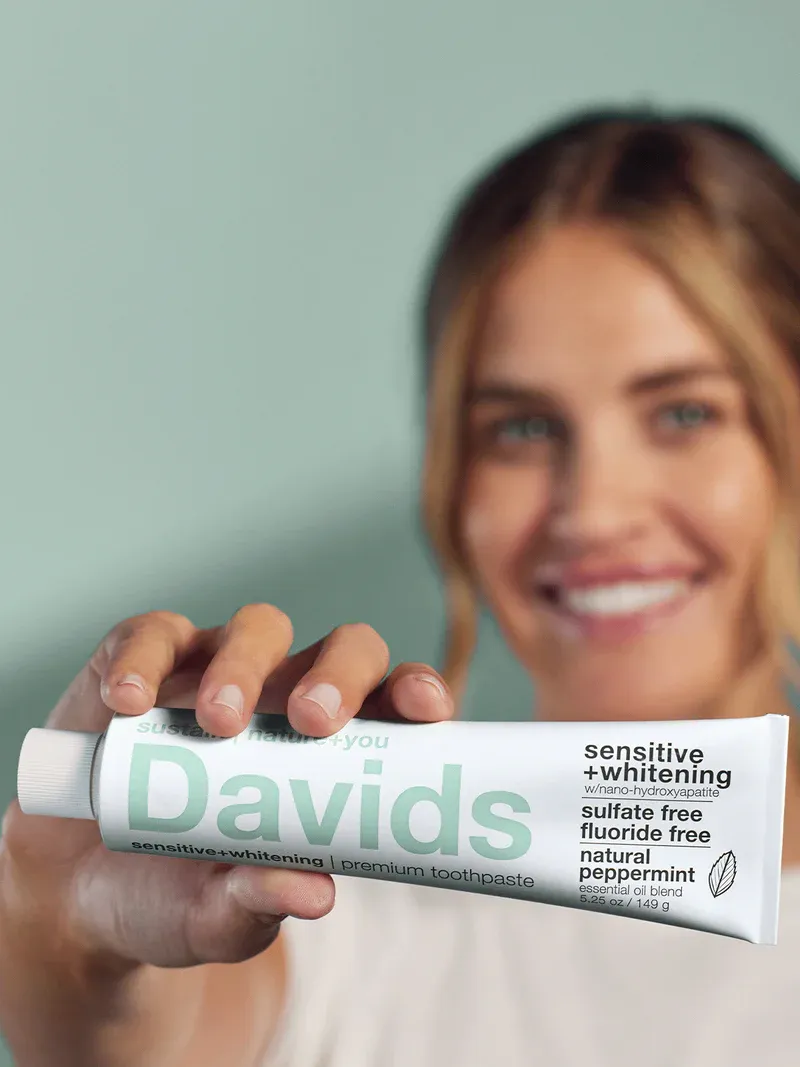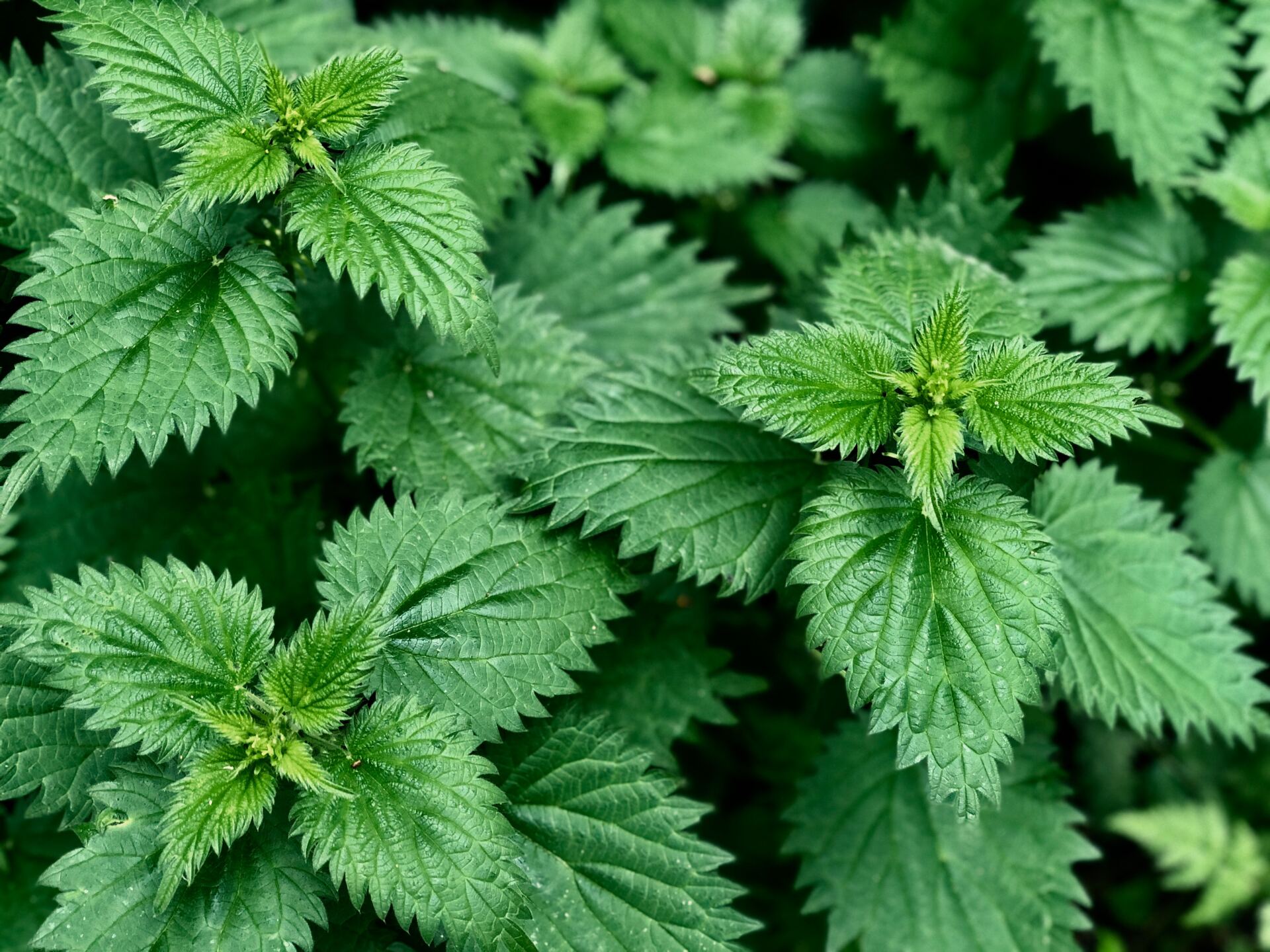








Americans are becoming ever more familiar with household uses of essential oils, yet the concept of scientific aromatherapy remains to be understood and embraced with the depth that it is in Europe. In North America, we regard essential oils as complementary or alternative medicine, while in Europe essential oils are considered a staple and irreplaceable part of everyday medicine. With current discussion about the presence of pesticide residues like glyphosate in food and the potential complications of synthetic agricultural chemicals, there is perhaps no better time to delve more deeply into the benefits of choosing organic essential oils.
Using essential oils for health and beauty is no new practice. “Quintessential” oils were regarded as the fifth element along with fire, water, earth, and air. It was believed that distillation enabled us to concentrate and harness a plant’s essence or life force (known as Prana in Sanskrit and Chi in Chinese) for human health. Nearly 2,500 years ago, Hippocrates prescribed essential oils for various ailments and harnessed their antimicrobial properties to address infectious diseases that plagued the region.
Of the hundreds of thousands of identified plant species, less than one thousand produce essential oils and only a few hundred are used in scientific aromatherapy. Most essential oils are extracted from plants by steam distillation, but they may be obtained through cold-pressing/mechanical extraction, or CO2 extraction. Because Scientific Aromatherapy
principally involves utilizing the naturally occurring phytochemicals within essential oils, it’s vital that we consider the role of organic agriculture and production. If plants are treated with synthetic pesticides and chemicals that, in a sense, do the job for them, they may not create the same quantity and quality of phytochemicals that they would if grown wild
or farmed organically.
Whether obtained by steam distillation, cold pressing or other methods, essential oils are extracted from vast amounts of plant material. For instance, it requires approximately 1.3 million roses to create one cup of rose essential oil and approximately 2,000 pounds of lavender blossoms to create one gallon of lavender essential oil. If the plants are laden
with pesticide residues, then one may run the risk of increased potential for exposure to unnatural chemicals. This concentration, along with the sheer volume of synthetic chemical application to the world’s fields, is yet another reason why choosing organic and sustainably-harvested plant products can help us to reduce our toxic burden and beneficially
impact our world.
While words like “natural,” “pure,” “therapeutic,” “certified therapeutic grade,” etc. are often seen on product labels, their meaning is not defined or regulated by any governmental or third-party organization, so their presence may be nothing more than a trademarked marketing term. Only the USDA and ECOCERT organic certifications guarantee that a product is free of GMOs, pesticides, and other unwanted ingredients – and that it was grown, produced and tested according the stringent guidelines that are required for a product to be labeled truly “organic.”
For over two decades, Amy Pereira has served numerous roles within the natural products industry. With a bachelor’s degree in Environmental Science, Amy is passionately committed to environmental and human health education. Amy is proud to be Pranarom’s National Educator, as well as a Certified Holistic Nutrition Consultant and Registered Yoga Teacher.









Please give us a call for today’s deli hours as they can vary due to staffing.
Grab and go options are always available until close.
FEDERAL WAY
Monday-Saturday: 8 am - 8 pm
Sunday: 9 am - 7 pm
Please call for current deli counter service hours. Grab and go options available until closing.
2565 S. Gateway Center Place
Federal Way, WA 98003
TACOMA
Monday-Saturday: 8 am - 8 pm
Sunday: 9 am - 7 pm
Please call for current deli counter service hours. Grab and go options available until closing.
2951 S. 38th Street
Tacoma, WA 98409